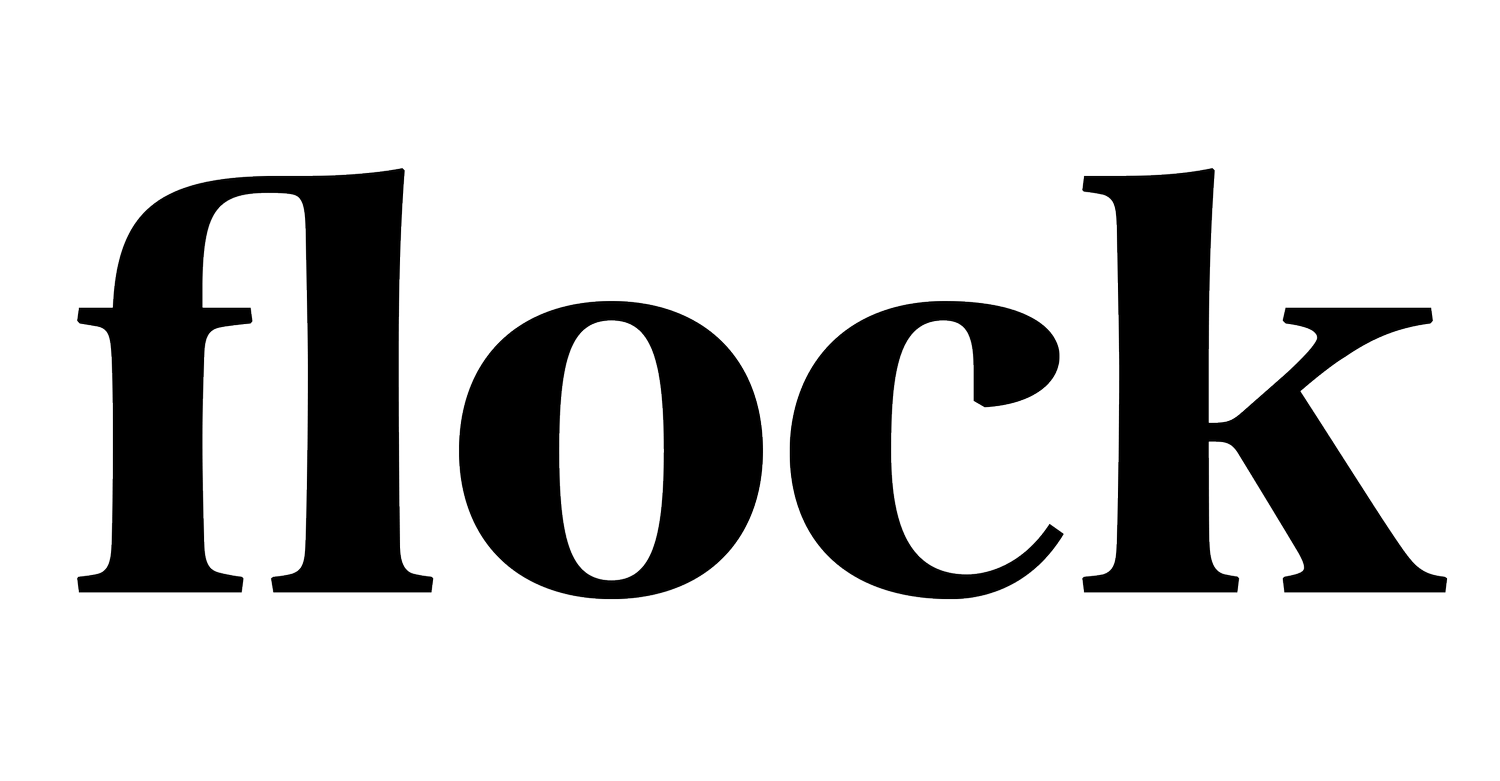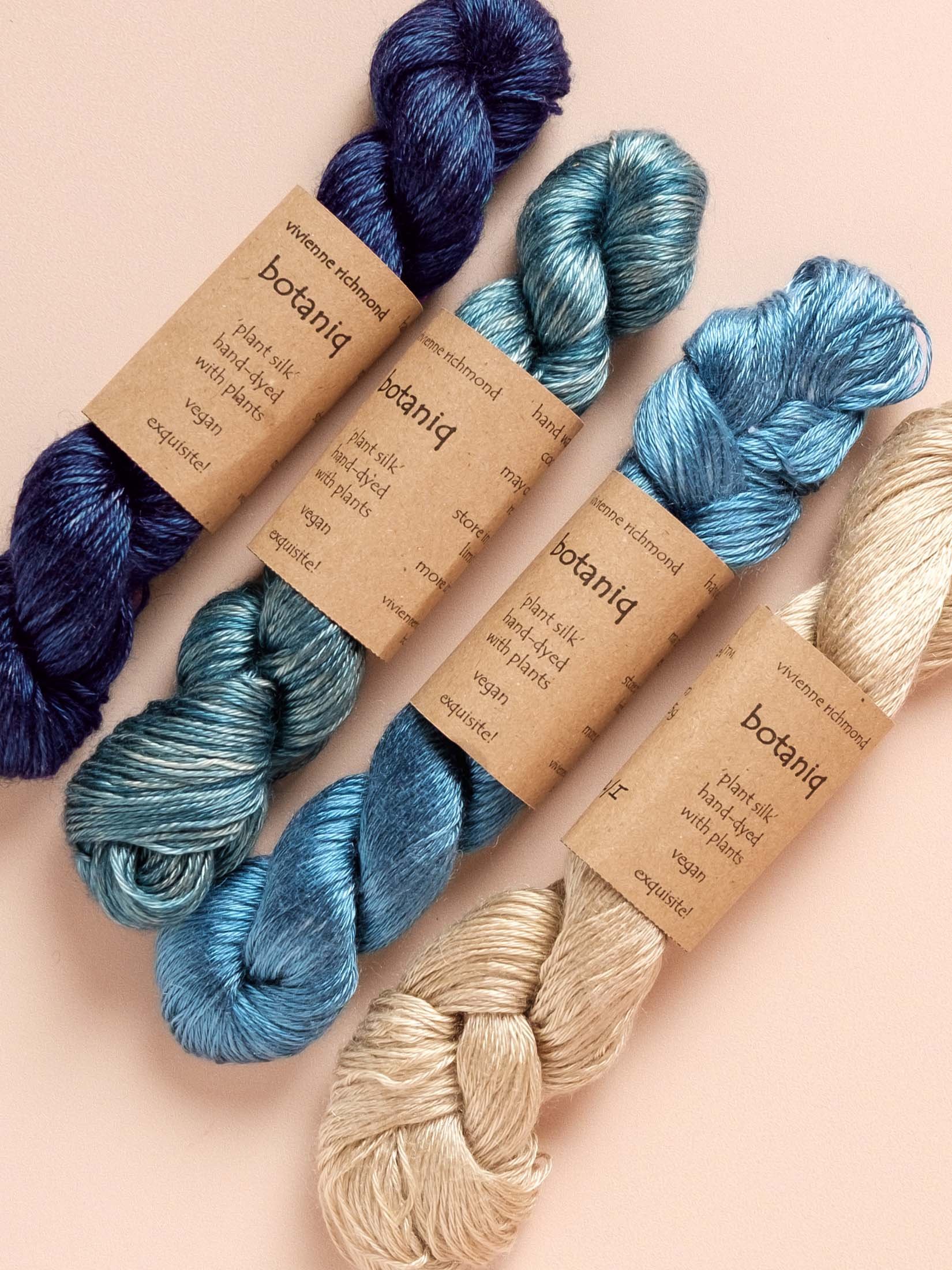How to Read a Yarn Label
Yarn labels contain lots of important and helpful information. It’s important to be able to understand what they are telling you so that you know exactly what you are buying, can select the right yarn and tools for your project, and are able to care for it properly once you’ve made it. We’re going to go through all the elements that you would expect to see on any yarn label, and what each of them means.
Brand and Yarn Name
The name of the company that makes the yarn and their name for the specific yarn line. Most yarn companies produce more than one line of yarn and may give it a name such as ‘Skipper’ or ‘Lore’ or a description like 5 Ply Guernsey, 2-Ply Laceweight or Pure Shetland. Some labels contain both a name and a description.
Colour and Dye Lot
If the yarn is dyed it will have either a shade name or a number denoting the colour. There should also be a code that tells you the dye lot. Yarn is dyed in batches, and the colour may vary slightly (or a lot) between different batches, so it’s important to try and use yarn that comes from the same dye lot for a project in order to avoid a visible stripe when you start a new ball.
Fibre Content
It’s really important to know what your yarn is made of! If it’s 100% wool, it should say so here, and may even give a breakdown of the different breeds used (e.g. bluefaced leicester, masham and merino). It could be a blend of different animal fibres (e.g. highland wool and alpaca), plant fibres like linen or cotton, or a blend that includes synthetic fibres such as nylon or polyester. If the wool has been superwash treated it should also say that here.
Yarn Weight
Yarn weight refers to the thickness of yarn, and is an important element to consider when planning a project. If you’re substituting for a different yarn than the project calls for, you should aim for one with the same weight. DK (double knitting) and 4-ply are commonly used light and mid-weight yarns in the UK, and thicker yarns could be aran, chunky or super chunky. Read more about yarn weight.
Physical Weight
Yarn is most commonly sold in 50g or 100g balls or skeins, however there are exceptions. Yarn that is intended for colourwork projects often comes in 25g balls for ease of use and because you don’t usually need too much of a single colour - Lore Minis and Pip Colourwork are good examples of this. Lace weight yarn is very fine and is often sold in smaller balls. Yarn that is intended for larger projects is sometimes sold in bigger quantities.
Yardage
This tells you how much length of yarn you can expect. It is usually given in meters per 100g or per 50g and is a good way of comparing yarns. There can be quite a lot of variation between two yarns that are labelled as the same weight, but if they have a similar amount of meters per 100g then you know that they will be quite close in weight. Some projects will give their yarn requirement in meters rather than in grams, so it’s always useful to know how much you have.
Recommended Needles
There will often be a recommended needle size, or a range or sizes, and sometimes a recommended crochet hook size too. This is a guideline, and it will give you a general idea, but you should always refer to the pattern that you are knitting for a recommended needle size. A larger needle will result in a more open fabric with drape, while a smaller one will give a denser fabric. Pattern designers will often use a particular needle size to get their desired effect, which may not be the same as the manufacturers suggestion. You should always do a gauge swatch to make sure.
Gauge
This is another good way of comparing yarns for substitution. The gauge is normally given as an expected number of stitches and rows over 10cm/4in that you would get with the recommended needle size. Everyone’s gauge is different though, and yours could vary quite a bit from the recommendation. It’s a useful starting point, but always do a swatch to check!
Care Instructions
For wool this will usually be hand wash and don’t tumble dry. If the yarn has been treated to make it machine washable then it should say. Care instructions are often given as symbols and they are generally the same as standard laundry care symbols.
Other
There are a few other things that might appear on a yarn label that we haven’t listed above. They include:
Website/Contact details - the web address, email or phone number of the supplier (or distributer)
The origin of the yarn - it’s always good to know where the yarn has come from. This might simply be the country of production, the region or for smaller batch yarn it could be the flock or farm. There may also be information about where the yarn was spun and dyed.
Pattern Links - some yarn producers include links to patterns on their labels. Glencroft Clapdale Wool is one example of a label that contains pattern links.
GOTS Certification or other organic certification - there is a growing demand for sustainably produced or organic wool. If the yarn has a certification it will generally be displayed on the label.



















